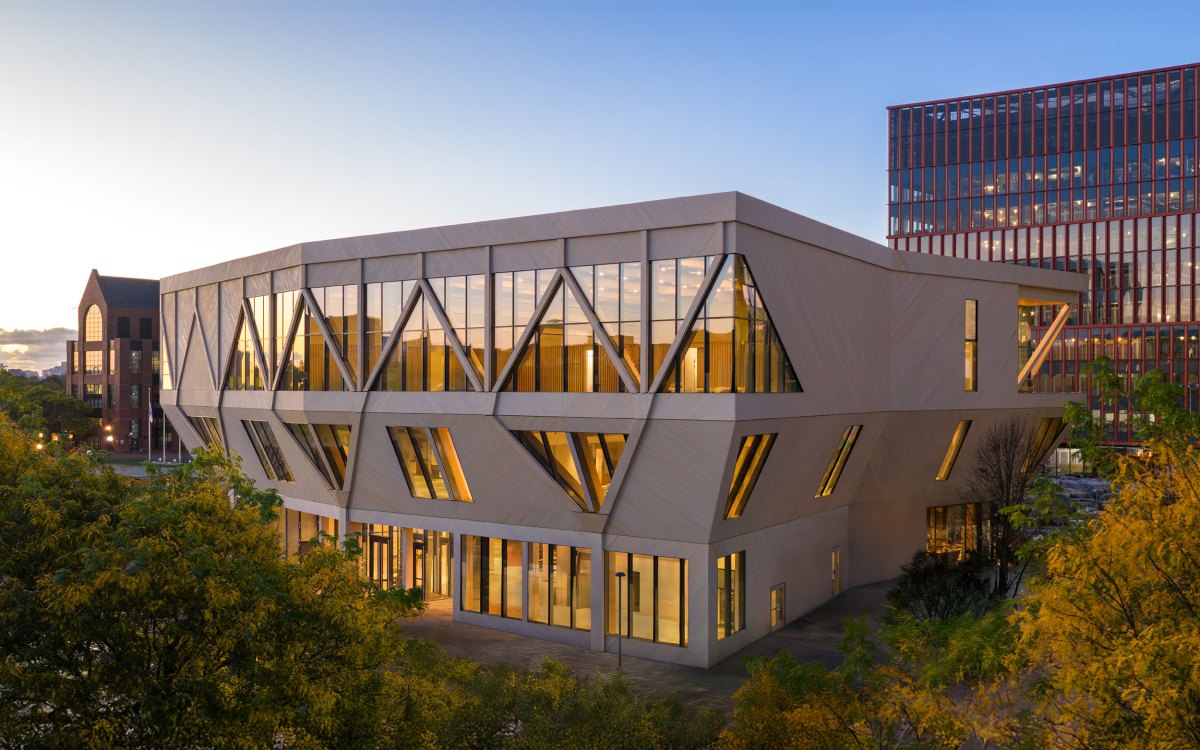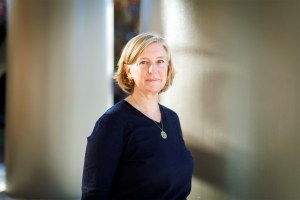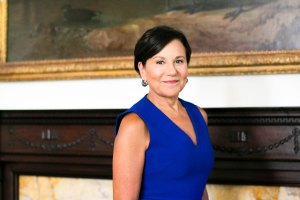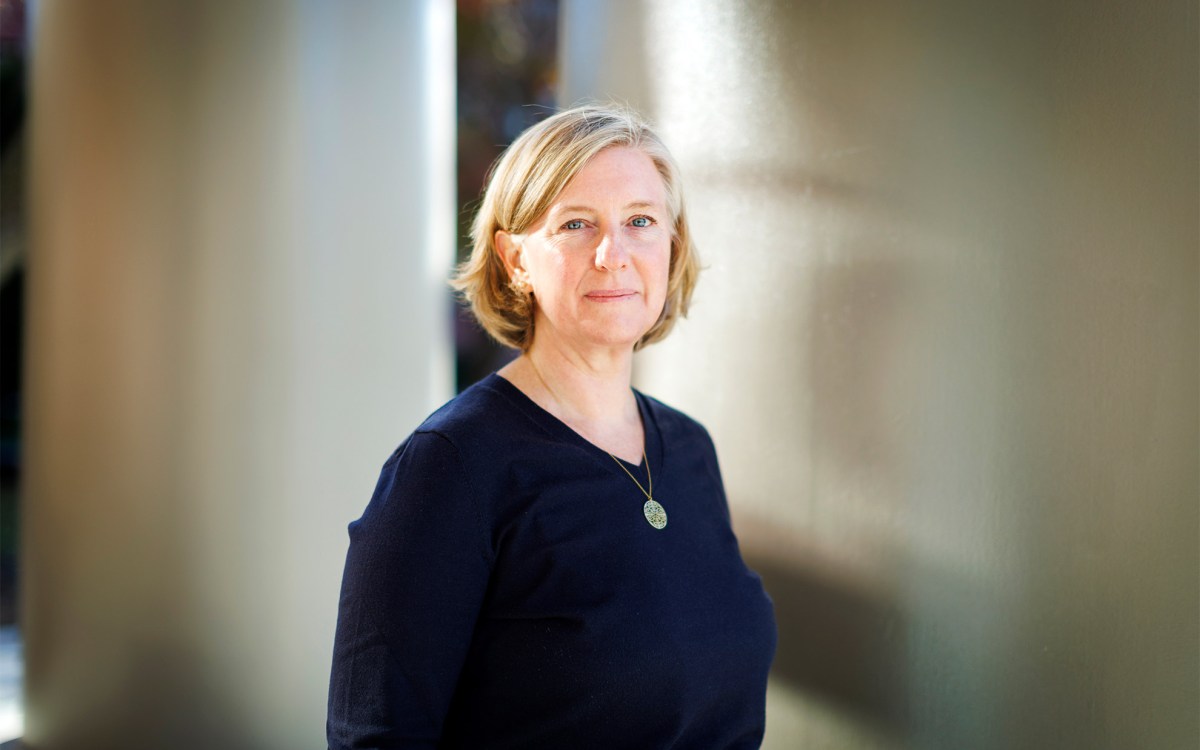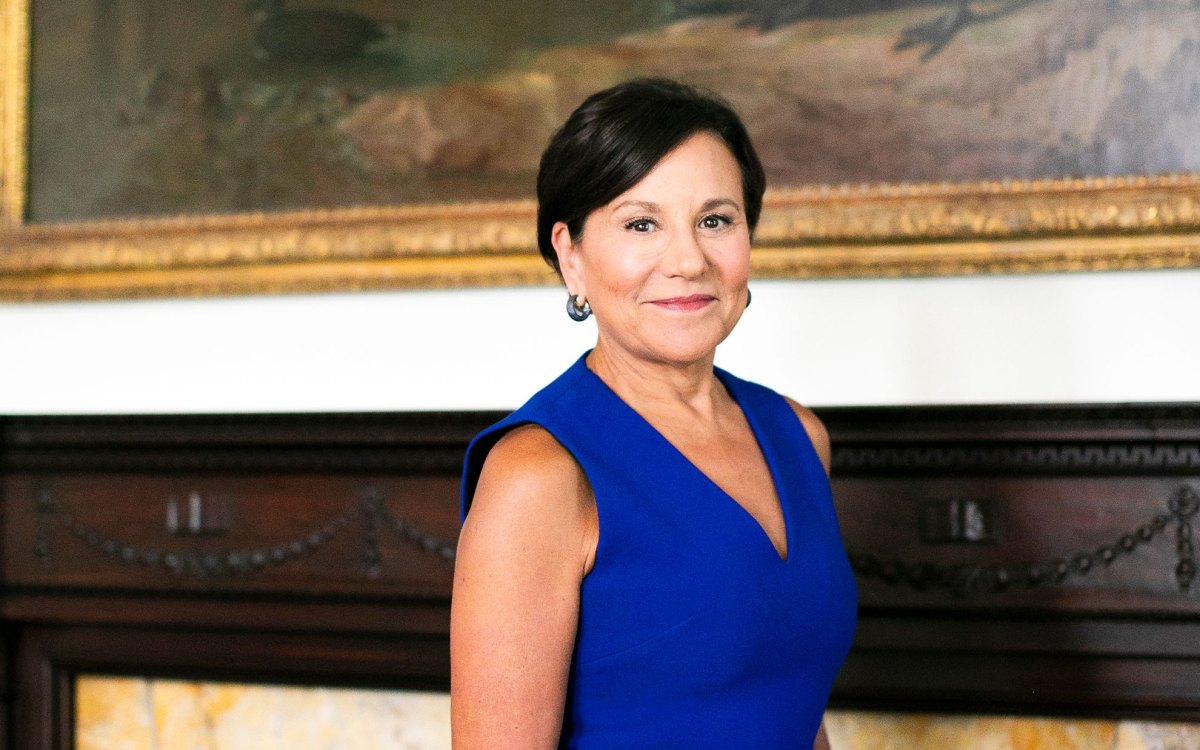William Nunn Lipscomb Jr.
Memorial Minute — Faculty of Arts and Sciences
For much of his life, William Nunn Lipscomb, Jr., was known as The Colonel. Students and co-workers in his research group addressed him as Colonel instead of the more formal Professor or Doctor, and he signed notes to them accordingly. In 1973, he was even designated an honorary Kentucky Colonel by the Governor of the Commonwealth of Kentucky. Known to his colleagues as Bill, Lipscomb adopted another title, Professor Lipscomb, which characterized him on the stage of Sanders Theater at the antic-filled Ig Nobel Prize ceremonies. There, as distinguished scientist, accomplished and versatile performer, prized date, and mischievous prankster, Lipscomb reveled in his labors.
From 1959 to 2010 Lipscomb carried out research in structural chemistry at Harvard, serving as professor, chair from 1962 to 1965, Abbott and James Lawrence Professor from 1971, and Abbott and James Lawrence Professor of Chemistry, Emeritus, from 1990 to 2011. He taught introductory courses in general chemistry, and more advanced courses in theoretical chemistry, biochemistry, and x-ray diffraction/structure determination. A vigorous and devoted mentor to both undergraduate advisees and members of his research group, he preferred to consult with them individually on their projects, incorporating ancillary topics ranging from baseball to Mozart, and frequently playing practical jokes. Group outings involved baseball and ritualized lunches with spoofing of faulty research, a prelude of the Ig Nobel appearances to come. Competitive in and out of the laboratory, Lipscomb was proud of an early unassisted triple play and never forgot it when a graduate student struck him out.
Son of a physician (who was himself the son and grandson of physicians), young Lipscomb seemed destined to follow the family profession. His family moved to Lexington, Kentucky, and he grew up in an environment of music and science. Lipscomb excelled as a clarinetist but was also fascinated by chemistry and physics. In high school he read sophisticated texts in both areas and conducted chemical experiments independent of his class. But when polio afflicted his sister, causing his father’s clientele to take their business elsewhere, Lipscomb turned to music to finance his higher education with a clarinet scholarship at the University of Kentucky. There, in addition to playing in the university band and campus ensembles, he explored topics in theoretical physics and chemistry, particularly quantum mechanics. Although he had read many of his father’s medical textbooks, the physical sciences had greater appeal, and following graduation he enrolled at the California Institute of Technology, where he pursued research in physical chemistry under the direction of Linus Pauling. Electron diffraction studies on the structures of gaseous molecules and the X-ray crystal structure of methylammonium chloride were complemented by coursework in X-ray diffraction, structural chemistry, and particle physics, and by classified research for the National Defense Research Council on nitroglycerin propellants. All of this work came into play in Lipscomb’s independent research, beginning when he took up an assistant professorship in the Department of Chemistry at the University of Minnesota.
Pauling’s research in the nature of the chemical bond intrigued Lipscomb, who, unconvinced by his mentor’s ideas about bonding in electron-deficient compounds, set out to pursue the bonding question with greater scrutiny. He examined the family of boron hydrides, members of which were prepared in his laboratory and elsewhere. In Lipscomb’s approach to research, theory, experiment, and instrumental methodology were used with equal facility and reinforced one another, with group members involved in each area. Development of methods for low-temperature single crystal X-ray diffraction of the many boranes synthesized in his laboratory – most of which were highly volatile and required adept handling – made possible unambiguous structural assignments, supported by pioneering molecular orbital methods and charge distribution calculations, and the prediction of new compounds. Over a period of 20 years, during which Lipscomb moved his group to Harvard, more boranes were studied as well as carbon-boron compounds. The combined effort produced a new topological theory of bonding in electron-deficient species, central to which was the concept of stable 3-center, 2-electron bonds, breaking precedent with the conventional Lewis octet structure and shifting focus from localized electrons to orbitals. Lipscomb’s structural systematics had predictive utility not only for structures but also for chemical behavior in neutral and charged species of boranes and carboranes as well as species not ordinarily considered borane analogs, including nonclassical carbonium ions. For these penetrating insights, Lipscomb was awarded the Nobel Prize in Chemistry in 1976. By that time he had extended his structural work to biological molecules, in particular the study of the structure and behavior of enzymes. With formidable expertise in X-ray crystallography and theory development, his group determined the high-resolution structure of the enzyme carboxypeptidase A and went on to study the mechanisms of catalysis and allosteric behavior for several other, much larger enzymes including what is now a textbook example, dodecameric aspartate transcarbamoylase.
Performing music at a high artistic level engaged Lipscomb throughout his scientific career. During graduate work and his first faculty position at Minnesota, he played first chair clarinet in the civic orchestras of Pasadena and Minneapolis. Chamber music became his focus upon his move to Harvard, with concerts home and abroad with friends, occasionally for lecture audiences. For years he took part in Music House Party, a select gathering of musicians, where his knowledge of repertory and editions was legendary. Bill’s sharp musical imagination, coupled with comic timing, made for wonderful matches of wit at House Party and memorable impromptu clarinet performances on the Ig Nobel stage.
William Lipscomb was a member of the National Academy of Sciences, American Academy of Arts and Sciences, and American Physical Society, and a recipient of prizes in both physical chemistry and inorganic chemistry from the American Chemical Society; he held numerous honorary degrees. He was proud of the accomplishments of his many scientific progeny, three of whom have gone on to win the Nobel Prize in Chemistry. He leaves his wife, Jean Evans, and their daughter, Jenna; children, James and Dorothy Wright, from a previous marriage; and his sister, Dorothy Virginia Conrad.
Respectfully submitted,
Stephen Harrison
Dudley Herschbach
Richard Holm
Eric Jacobsen, Chair
